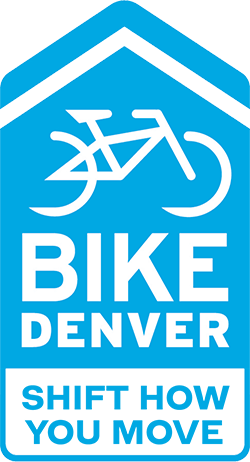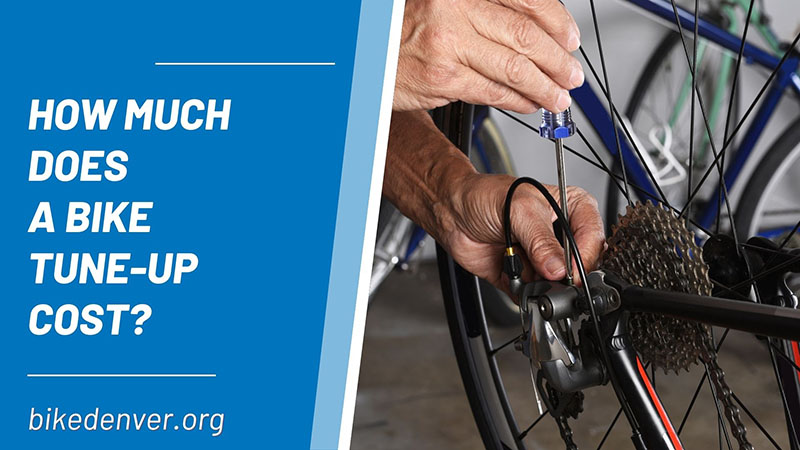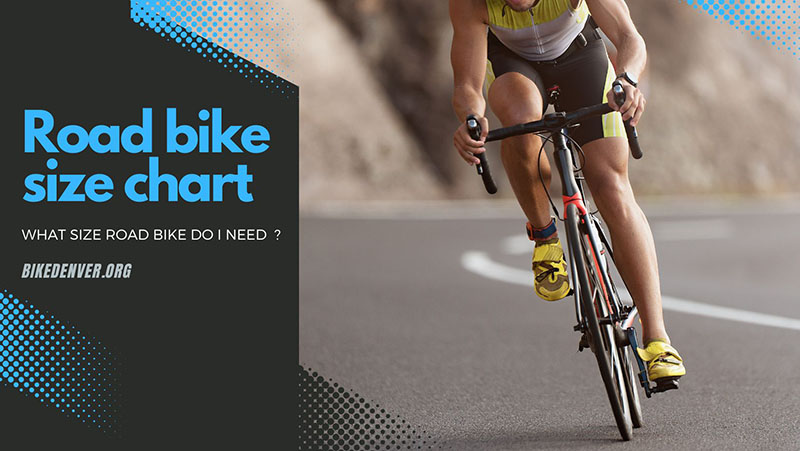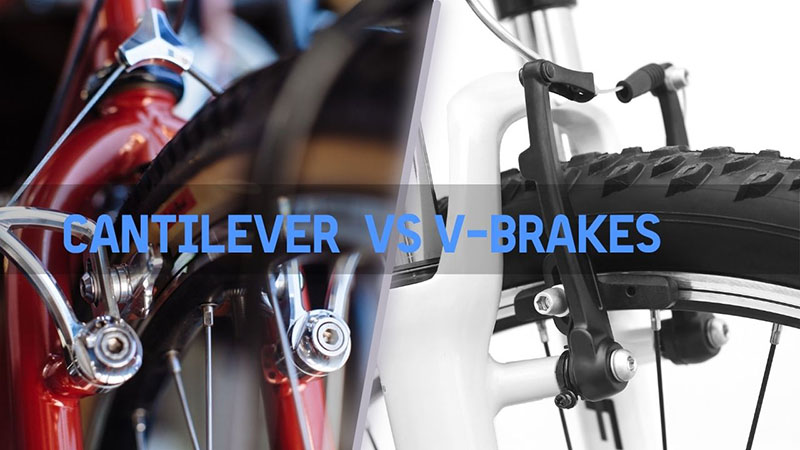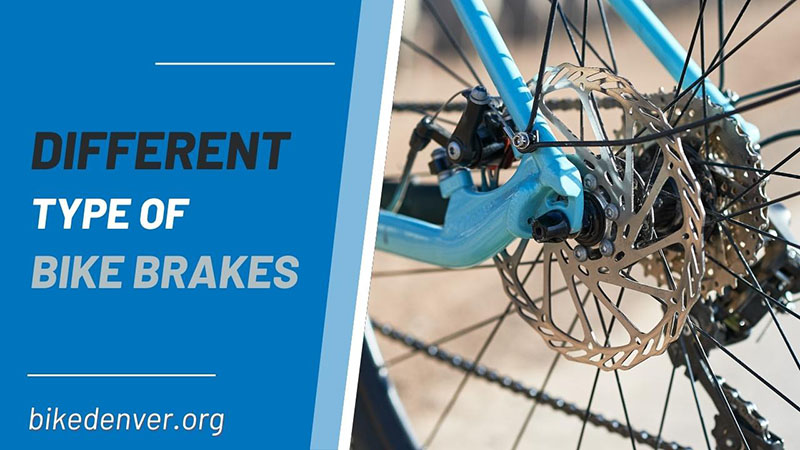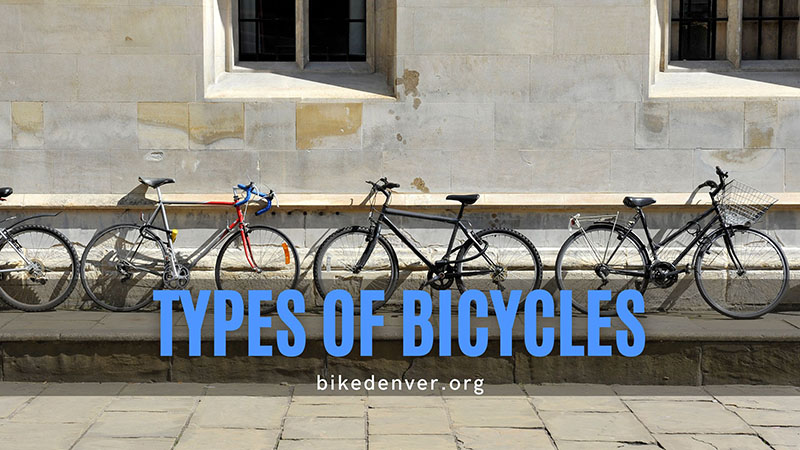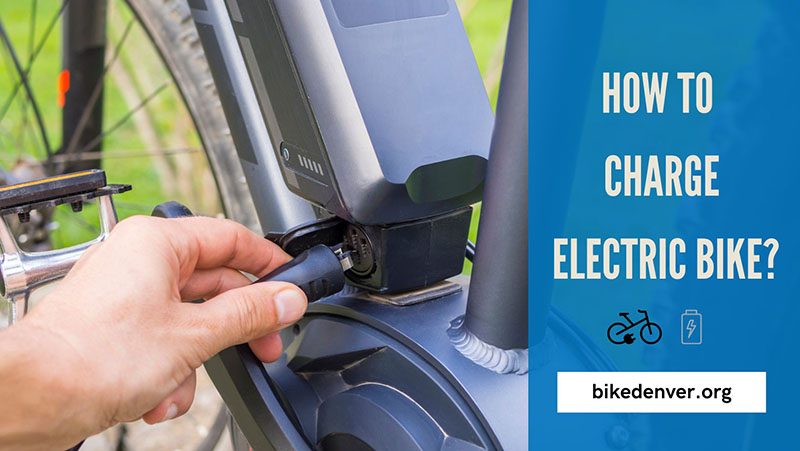A cheaper and simple bicycle never equals less maintenance. On the contrary, lack of attention and care will wear them down faster than you imagine – to the point that no repairs and fixes can get done.
Signing up for a mountain bike tune-up on a regular basis is a great idea to avoid those disasters. All the most fundamental bike parts will enjoy great care and upgrade, ensuring they can still accompany you for several months ahead. One problem, though: What is the tune-up cost?
Table of Contents
How Much Does A Bicycle Tune-Up Cost?
Most services offer more than one tune-up package (three, to be exact), spanning from $40 to $250. You can choose one based on the bike’s current conditions and your personal preferences. Sounds a bit abstract? Here are quick overviews of each package that you can refer to for a better decision:
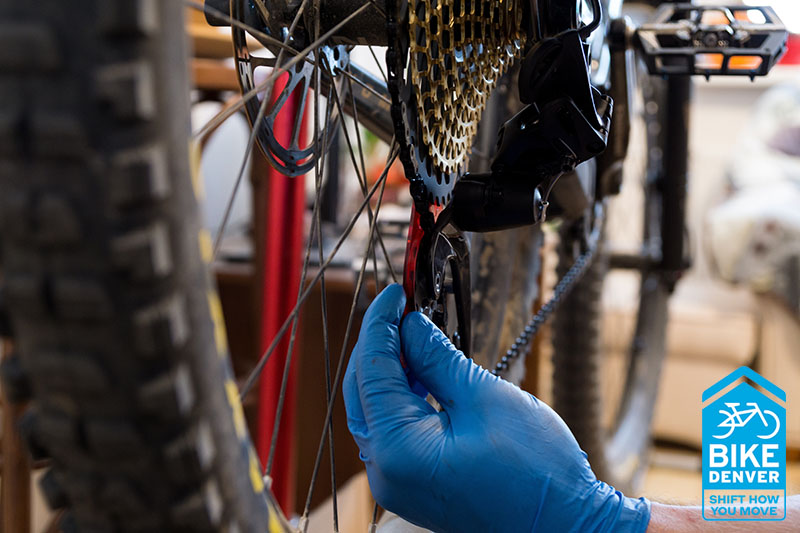
1. Basic Tune-Up ($40 to $90 on average)
The basic packages will be your best bet if you are seeking the lowest-priced bike tune-up charge. Many bicycle stores offer basic options at as low as $40, though remember that this cheap service only provides regular cleaning and lubricating.
But if you aim for further upgrades involving maintenance/safety checks and technical repairs, the rate might go up to $90$.
A bike shop will help adjust the torque, drivetrain, and brakes at such a price for riders. Other compartments like the bearing, gears, truing wheels, and tire inflations are well taken care of, too.
2. Standard Tune-Ups ($100 to $160 on average)
With a budget of above $100, upgrading your tune-up choices to a standard level is highly recommended. Sure, the price also goes up as a result; but you will enjoy better services and much more inclusive support.
What’s covered in these standard rates? Customers receive everything included in the basic bundles – plus the deep polishing and cleaning, drivetrain degreasing, and removal. And that’s not even the end; they also provide extra test rides to check other issues for your bikes!
3. Overhaul or Premium Tune-Ups ($200 to $250 on average)
People with a more generous budget – willing to spend $200 to $250 for the most premium-quality tune-up – will like this one.
With the complete overhaul option, experts will check your bike thoroughly for component issues and damages. Each part enjoys proper adjustments to ensure the bike’s optimal performance, exceeding any other option we have introduced thus far!
Apart from bike checks, the bicycle is also subjected to lubrication and deep cleaning. Old cables and bearings (if any) will get replaced to help your vehicle stay more attuned. In short, the shops cater to everything and leave nothing out!
Once the tune-ups are over, you can easily notice major differences in the overall riding experience. Now fixed and polished, your bicycle will be in better functionality and shape than ever.
4. How to Choose The Best Package?
We all notice the difference in pricing ranges, so those with limited or medium-sized budgets probably know what to choose already. Still, whether one option works for your bike also depends on the bike’s current status. Both under- and over-spending are bad moves!
- New Bikes: Has your bike been freshly purchased? Then there’s no need to throw money out of the window; basic tune-ups are fine. Most of the compartments are still in great shape, after all! All that is left is to ensure they are properly aligned and tightened.
- Regularly Ridden: Getting standard tune-ups about one or two times a year is a smart move for frequent riders (expert refers to such tune-ups as annual services).
Pay attention to the timing, too. Suppose you want to ride in winter; then schedule an appointment with the bike shop before the winter season officially arrives. That guarantees the vehicle is well prepared for the cold’s extra demands. We also recommend scheduling a second appointment for spring, prepping your precious bike for the upcoming season.
- Seriously Neglected: For those who bought their bikes at yard sales or had them sit inside the garage forever, premium tune-ups are the most logical solution. The shop will remove all lingering rust, making the vehicle look brand-new.
See more: How to Remove Rust from Bike?
Aside from that, you can also turn to basic tune-ups – but they must be performed regularly.
You may also do simple DIY maintenance tactics yourself, like checking the beaks and other features or adjusting the wheel pressure. We will gladly return to this issue later on.
One last note: Not every shop offers similar services in the same packages. For instance, basic packages in most shops cover tightening spokes, but others do not. So do your research carefully.
What Are Some Common Bike Parts That Will Receive Tune-Ups?
1. Headsets
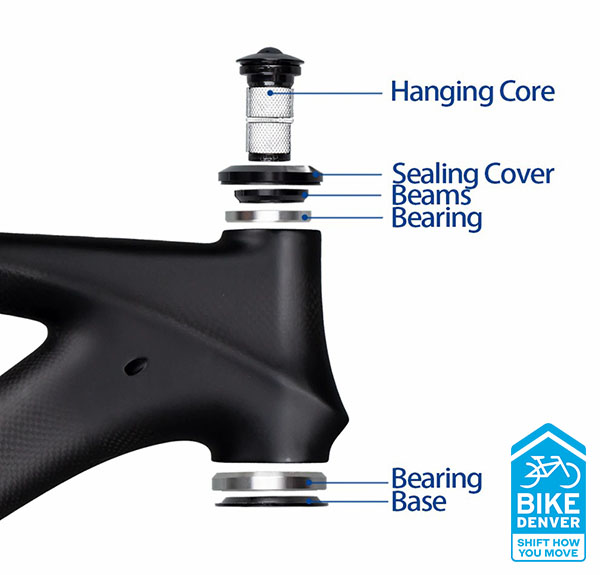
Headsets are undoubtedly among the most critical elements on every standard bike – comparable to a human brain that navigates the entire system in proper directions.
A well-tuned headset allows you to enjoy precise and smooth steering on every road trip. Otherwise, bad or malfunctioning ones prevent you from navigating the roads, leading to unfortunate accidents.
Hence, getting the headsets cleaned (including their lower and upper bearings) is important. Maintenance shops will take the handlebar and stem off before pulling the fork off your bicycle frame. That will wipe off dirt, grease, and grit. Lastly, a few greasing methods are applied to scrub the headset 100% spotless.
2. Bottom Brackets
Another vital feature is the bottom brackets, where the bike frame and pedals connect to generate force and energy for your tire. Thanks to them, the bike can sustain proper movements.
Since bottom brackets are always covered in basic tune-ups, bike shops will guarantee they stay in peak condition. Both too tight or too loose brackets will not do, so if either of the two happens, the repairman will adjust or tighten your bike’s bottom brackets accordingly.
3. Rear and Front Derailleurs
Rear and front derailleurs will suffer from major wear-out or damage if you bike regularly through hilly and rough roads. Without on-time tune-ups, the shifting gear will struggle to operate, preventing you from advancing smoothly through terrains with steep slopes.
Thus, setting both derailleurs right will give you an optimum biking experience. Such tune-ups settle the shifting gears and chains, keeping them from changing automatically or sliding off.
Bike mechanics will also inspect the derailleur’s placement and surface to confirm whether it’s worn out. If yes, replacements or adjustments are inevitable.
4. Brake Pads, Cables, and Brake Levers
These three work directly with the wheels – which touch the ground – so you can imagine how catastrophes will ensue if even just one of them fails to function. A convenient and efficient ride is only possible if the three are well-established.
Technicians can lend a helping hand by ensuring the cables do not become slack – particularly those near the rears. In the unfortunate case that they do get stuck, experts will adjust their position to return them to their original spot.
Next, the calipers, levers (and other bike sets) must get securely tightened. Meanwhile, the brake pads are expected to adjoin the braking’s middle part on the rims: its pad front must touch the rim’s edges precisely to keep annoying squeaking noises at bay.
When Should You Get A Bicycle Tune-Up?
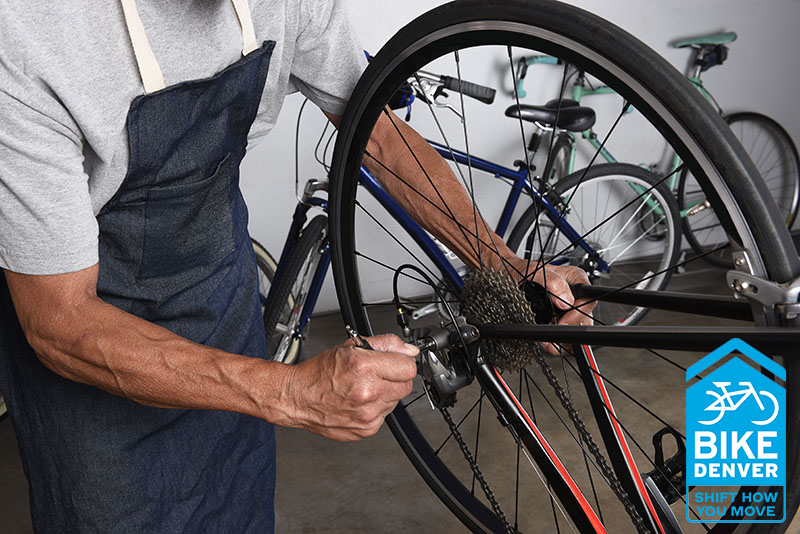
For new bikes just bought straight out of the shop, it would be best to perform basic tune-ups immediately. They will tighten and properly align the bike’s compartments- which we discussed in the previous sections.
On the other hand, maintenance and checks are needed if the bicycle shows one of the following degrading signals:
- Squeaky noises
- Brakes losing feelings
- Crunchy sounds when pedaling
- Abnormal shifting
- Dirty bike with grime buildup on the chains
- No proper tune-up since last year
How to Do Simple Tune Up At Home
1. Clean The Chain
Many methods are available for cleansing bike chains:
- Remove the chains before soaking them overnight
- Disassemble them and clean every roller using cotton swabs
- Scrub them off with strong solvents and pipe cleaners
2. Smooth Out The Shifting
What’s the point of clean chains if they keep skipping gears and jumping around? Loose shifting cables are likely the culprits.
Leave the bicycle on repair stands and shift it to one of the smallest cogs. Shift once after rotating the pedals.
See also: Bike Chain Slipping When Pedaling Hard
If the chains do not jump immediately to another cog, switch the barrel adjusters counterclockwise about 1/2 turn. But when they jump 2-3 cogs after every shift, back down 1/2 turn.
Never turn the adjuster more than 1/2 at one time. Otherwise, it will cause excessive tension that only worsens the shifting!
3. Adjust The Brakes
Does the brake lever reach your handlebar before stopping the bike? The possible scenarios are:
- The pads are already too worn (which requires replacement at repair shops, but that’s a story for another time).
- The cables are overly stretched
- You need brake bleeds for a hydraulic system
Twist the adjusters until they are properly aligned.
Conclusion
Everything about the average cost of a bike tune-up has been well-covered in our article. You can choose from three tune-up packages; each offering varied features and services. Refer to the guidelines above to decide on the best option for your bike’s current condition!
Of course, when your bicycle is in dire need of upgrades, and your schedule happens to be packed around that time, we strongly suggest performing some quick tune-up steps at home first.
The instructions are straightforward enough – even for a beginner; remember not to miss out on any seemingly little detail.
